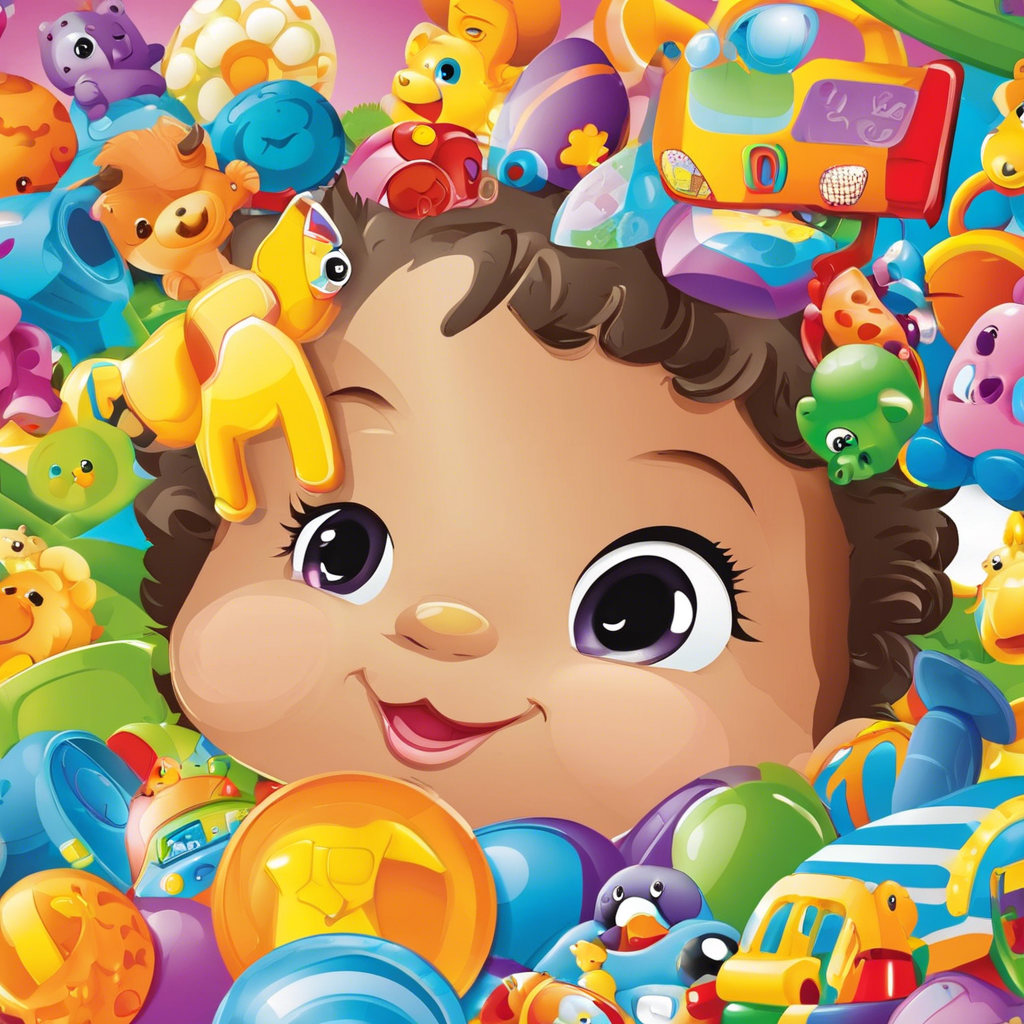Choosing the right toys for a baby is essential for their development, safety, and overall enjoyment. Babies learn through play, exploring the world with their senses, hands, and mouths. As they grow, their needs and interests change, making it important to select toys that match their developmental stage. The right toys can enhance motor skills, encourage cognitive growth, and promote emotional well-being. Understanding what toys are best suited for each age can help parents make informed choices that support their baby’s development while ensuring safety and fun.
Newborns, from birth to three months, are still adjusting to the world around them. At this stage, their vision is limited, and they are drawn to high-contrast patterns and simple shapes. Toys with bold black-and-white designs, soft rattles, and plush toys with different textures can capture their attention. Since newborns recognize sounds early, soft music or gentle rattles can be soothing and stimulating. Mobiles above the crib and tummy-time mats with bright colors encourage visual tracking and early muscle development. Safety is crucial—newborn toys should be lightweight, free of small parts, and made from non-toxic materials.
Between three to six months, babies start grasping objects and developing stronger hand-eye coordination. Toys that encourage reaching, grasping, and shaking, such as teething rings, textured balls, and fabric books, become ideal. Babies at this age enjoy mirrors, as they are fascinated by their own reflection. Soft stuffed animals and crinkle toys provide sensory exploration, while activity gyms with hanging objects encourage movement and interaction. Since teething may begin around this time, teething toys made from safe, BPA-free materials can provide relief while keeping the baby engaged.
From six to nine months, babies become more mobile and curious about their surroundings. Many begin to sit up, roll, or even crawl. Stacking cups, shape sorters, and soft blocks help with hand coordination and problem-solving. Babies at this stage enjoy cause-and-effect toys, such as those that make sounds when pressed or shaken. Simple musical instruments, like baby-safe drums or maracas, introduce rhythm and auditory stimulation. Bath toys become more entertaining, encouraging water play while developing fine motor skills. As babies put almost everything in their mouths, all toys must be free of choking hazards and made from non-toxic materials.
Between nine to twelve months, babies often start pulling themselves up, standing, or even taking their first steps. Toys that promote movement, such as push walkers and ride-on toys, support their developing leg muscles. Interactive toys like stacking rings, shape sorters, and nesting cups encourage problem-solving skills and fine motor development. Babies at this stage also enjoy imitating adults, so pretend-play toys like baby-friendly kitchen sets, phones, or dolls can foster creativity and social development. Simple books with thick pages introduce early literacy and allow babies to explore turning pages.
As babies enter their second year, from twelve to eighteen months, they become more independent and eager to explore their world. Walking becomes more stable, and their ability to manipulate objects improves. Large building blocks, pull-along toys, and shape-sorting puzzles enhance coordination and cognitive skills. Musical toys, such as xylophones or toy pianos, provide a fun way to explore sound and rhythm. Since toddlers begin understanding basic instructions, interactive toys with buttons, levers, and lights can introduce early problem-solving skills. Outdoor play equipment, such as small slides or push bikes, promotes physical activity and balance.
From eighteen to twenty-four months, toddlers enjoy more complex play and develop stronger preferences for certain types of toys. Their fine motor skills improve, making finger painting, chunky crayons, and simple craft activities exciting options. Simple jigsaw puzzles, stacking towers, and pretend-play sets—such as toy kitchens, tool sets, or dollhouses—help develop imagination and cognitive abilities. At this stage, children also enjoy playing with stuffed animals or action figures, which can comfort them and encourage social skills. Vehicles like toy cars, trains, or ride-on toys provide movement-based play that enhances coordination.
As children grow beyond two years, their play becomes more structured and interactive. They begin engaging in pretend play more deeply, imitating real-life scenarios with dolls, toy animals, or dress-up costumes. Play kitchens, toy workbenches, and doctor kits encourage role-playing, helping children express their emotions and understand the world. Simple board books with short stories become enjoyable, promoting early literacy and language development. Toys that encourage movement, such as tricycles, balls, and climbing structures, support physical development and balance. Educational toys, such as counting games and shape-matching puzzles, help with problem-solving and memory skills.
While choosing toys for a baby’s age, safety should always be a top priority. Parents should check for choking hazards, sharp edges, and toxic materials. All toys should be age-appropriate and free from small detachable parts that could be swallowed. Regularly inspecting toys for wear and tear prevents potential hazards. Additionally, babies should always be supervised during play to ensure a safe and enjoyable experience.
The best toys are those that align with a baby’s current developmental stage while allowing room for growth and exploration. Choosing a variety of toys that engage different senses, encourage movement, and promote interaction helps support a child’s physical, cognitive, and emotional development. Playtime is not just about fun—it’s a crucial part of learning and growing. Selecting age-appropriate toys ensures that each stage of development is nurtured while keeping playtime exciting and beneficial.

